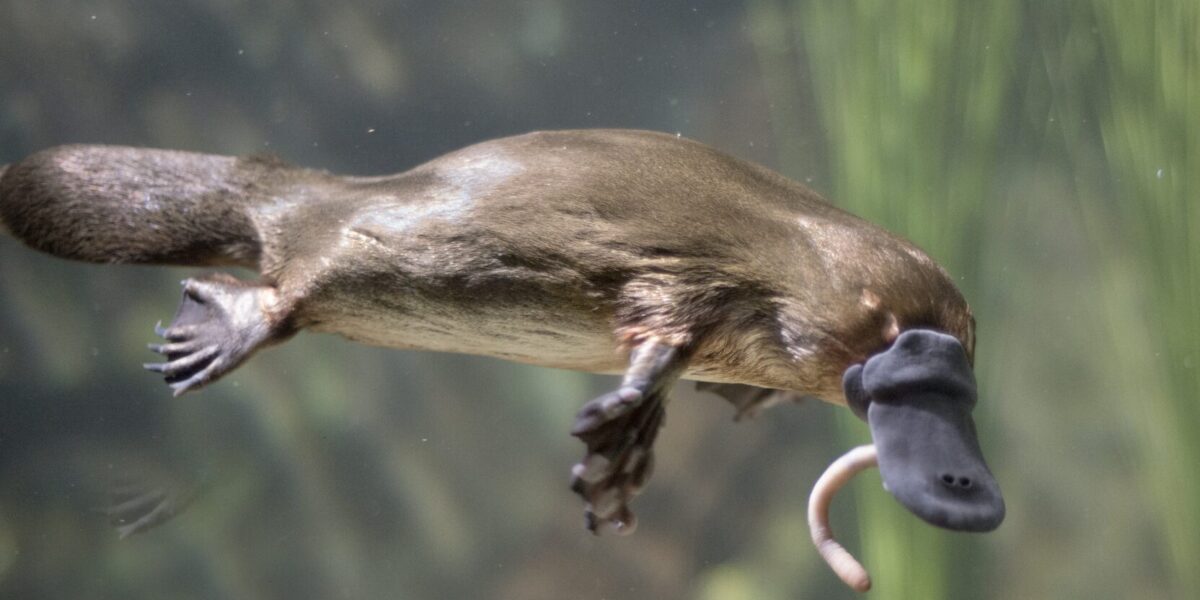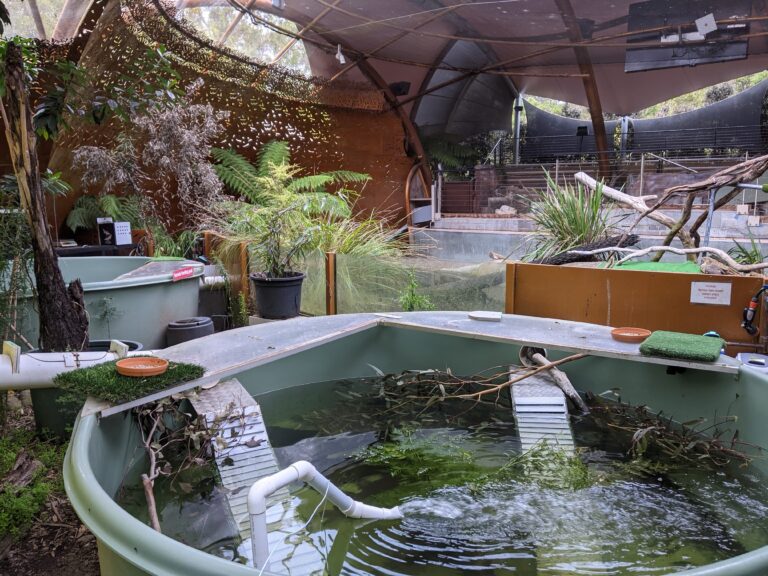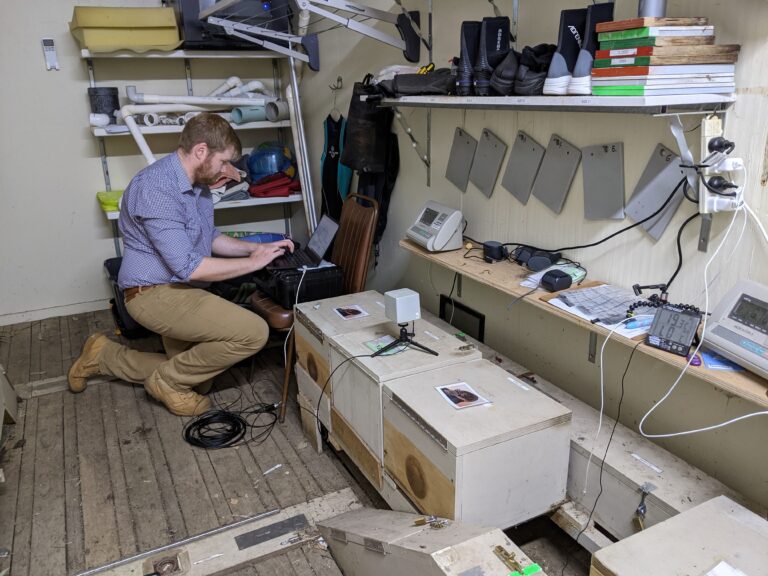
Keeping platypus healthy from electromagnetic fields
Helping Zoos Victoria protect their animals
At the heart of all zoos or sanctuaries is equipment that helps to keep ecosystems habitable for the animals. What many people don’t know is that sometimes the equipment can create noise, vibration or electromagnetic fields (EMF) that could influence animal behaviour.
After noticing some strange behavioural changes in some of their platypuses, Resonate Consultants were approached by Zoos Victoria’s Healesville Sanctuary to look at the noise, vibration and EMF in select pools where different behaviours were being exhibited. It’s been shown that the platypus is sensitive to small electric fields due to electroreceptors in their bills. Aligning with our core values of being distinctive and responsible, Tom Evans, Technical Director, along with Andrea Hempshall, Acoustic Consultant, relished the opportunity to lend their expertise and help inherently shy-natured platypuses on this project.
As Andrea astutely pointed out, ‘while there are well-established guidelines regarding assessing noise, vibration and EMF impacts on humans, understanding the effects on wildlife continues to be an emerging field. ‘Protective agencies have clear guidelines concerned with the impact of industry on people and communities, but the impact of human activities on wildlife is less regulated and continues to be an emerging field. To gather insights into how human activities impact native fauna you need the expertise – as Resonate Consultants does – to be able to undertake measurements.’

In contrast to our usual underwater noise assignments, there were some unique nuances to this project. Namely, accessing some underwater equipment with minimal distress to the platypus. As such, with the help of comprehensive problem-solving tools and the expertise of the keeper of the platypuses, Andrea said the rest of the project proceeded without issue.
In order to get the full picture, the platypussary underwent investigation from the display and back-of-house and wading pools. This gave an idea of the emissions in the enclosure from the surrounding equipment, with key items of equipment switched on an off to understand the contributing sources.

At the conclusion of testing, we were able to give the client an insight into the different noise, vibration and EMF environments of each set of pools and the contribution of local sources, such as pumps, to these levels. This enabled Zoos Victoria to correlate the environment to the different behaviours and plan new facilities with better knowledge and understanding.
This knowledge will assist in improving the outcomes for the animals, especially when you consider just how in tune platypus are to their acoustic and EMF environment. ‘The platypus’ bill is their sensory organ,’ Andrea said. With tiny little receptors located on the bill called pushrods, these pushrods can sense tiny displacements in the water. Also featured on a platypus’ bill are receptors that sense EMF. ‘Those receptors detect an electromagnetic field when prey like shrimp slightly move and create a 3D fix on the animal,’ said Andrea. With another world of senses, it’s easy to understand why platypuses are so sensitive to anything that invades their ecosystem.
Normally a quite passive animal, Andrea explained that unusual levels of noise or EMF in an environment could cause platypus to act more aggressively towards each other. Additionally, while it’s normal for humans to be able to comfortably wade alongside platypus in wading pools situated at facilities like Healesville Sanctuary, this aggressive behaviour can also, in some cases, be exhibited towards humans.
Being a distinctive organisation means not only moving to the beat of a different drum but also displaying progressive views and practices. A project such as Healesville Sanctuary helps distil these values throughout all levels of our organisation. The opportunity to work with animals helps garner increased interest and expertise in an area where more research should be undertaken.
Endeavours that will surely benefit not only similar sanctuaries but also the animals. As Andrea clarified, ‘all zoos need to use mechanical and electrical systems to keep their exhibits running and healthy for animals. With that comes the risk of creating an extra problem where the animal’s wellbeing is reduced because it’s being exposed to unusual signals in its environment. Understanding and mitigating the risk will result in a better outcome for the animals.’
For comprehensive advice on acoustics electromagnetic fields, connect with one of our consultants today.




